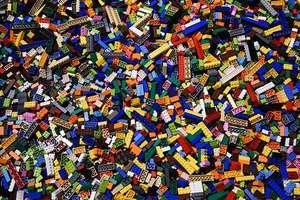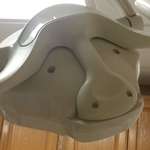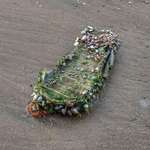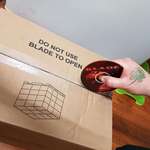Fomenko – head of rare species conservation for WWF Russia – took the corpse for examination where he uncovered the grim details of the animal’s death.
The Amur tiger, which is also known as the Siberian tiger, had been caught in a trap and had chewed off a paw to free itself.
It was left crippled, unable to hunt, and died of starvation while seeking shelter under the car.
It is harrowing scenes such as these that conservation groups are hoping will become increasingly rare in the years to come.
Later this week, WWF will launch an appeal that aims not just to halt the decline in tiger numbers but to boost them to new levels.
The goal is to increase the world’s tiger population in the wild to more than 6,000 by 2022, the next Chinese year of the tiger.
In this way, it should be possible to achieve global security for this poster boy and girl of the conservation movement. »


















